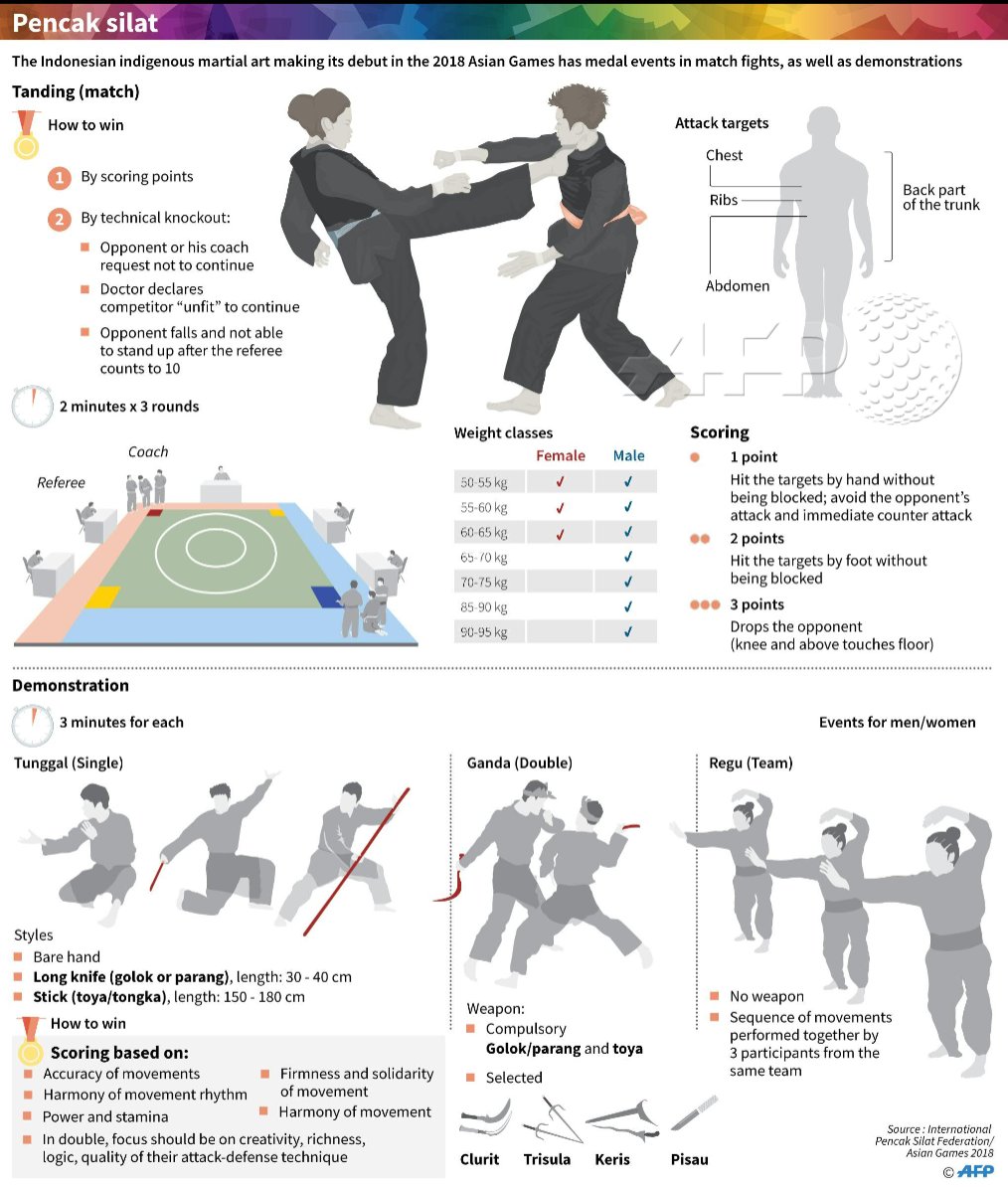The History And Approach Of Fighting Style: A Deep Dive
The History And Approach Of Fighting Style: A Deep Dive
Blog Article
Written By-Gentry Wall
Enter the ancient world where martial arts were substantiated of necessity in varied regions. Cultures crafted one-of-a-kind battling styles intertwined with historical contexts. Methods developed over centuries with dedicated technique and social exchanges. Today, modern-day martial arts mix typical aspects for optimal performance. Check This Out , martial arts highlight technique, self-improvement, and harmony. Respect, humility, and balance are fundamental concepts assisting experts in the direction of development and resilience. Check out the midsts of this abundant history and ideology to reveal the extensive influences shaping this long-lasting discipline.
Beginnings of Martial Arts
Martial arts originated in various regions around the globe, evolving as useful battle systems to defend against dangers. These ancient battling styles were created out of requirement, with each society crafting strategies matched to their special atmospheres and obstacles. From the grappling arts of Jujutsu in Japan to the striking strategies of Kung Fu in China, martial arts were deeply intertwined with the historical, social, and social fabric of their particular cultures.
In what kids learn from martial arts , the samurai class refined martial arts like Kenjutsu, the art of the sword, which later on developed right into the much more promoted kind of Kendo. On Bullyproof martial arts for kids , in Brazil, Capoeira became a mix of dance and fight, developed by enslaved Africans as a means to resist injustice. Each fighting style lugs with it an abundant history and ideology, showing the values and ideas of the people that exercised them.
As you explore the beginnings of martial arts, you reveal a tapestry of human resourcefulness, resilience, and the stubborn spirit of warriors throughout time.
Advancement of Strategies
With centuries of practice and improvement, battle methods within different martial arts have undergone a profound development. From ancient designs like Kung Fu and Karate to much more modern self-controls such as Brazilian Jiu-Jitsu and Krav Maga, the evolution of techniques has actually been driven by a mix of social influences, useful applications, and technical improvements.
One substantial facet of this evolution is the cross-pollination of methods between different martial arts. As an example, strategies from standard Japanese Jiu-Jitsu were incorporated into the development of Judo by Jigoro Kano in the late 19th century. This blending of designs has actually caused the development of crossbreed martial arts like Mixed Martial Arts (MMA), which incorporate components of striking, grappling, and submission strategies.
Moreover, the evolution of methods has been formed by the increasing emphasis on performance and effectiveness in combat. Professionals have constantly sought to fine-tune their strategies with strenuous training, experimentation, and competition, causing the development of extremely specialized and effective battling styles. On the whole, the evolution of techniques in martial arts reflects the dynamic nature of fight and the ongoing mission for improvement and technology.
Thoughtful Structures
Checking out the underlying philosophical concepts of martial arts provides understanding into their core worths and guiding ideas. At the heart of several martial arts techniques is the principle of self-control itself. By training your body and mind to act as one natural device, you cultivate discipline that expands beyond the dojo or gym right into day-to-day life. This self-control includes regard, humility, and self-control, forming not just your physical abilities yet additionally your character.
Another basic philosophical structure in martial arts is the idea of continuous self-improvement. The trip of mastering a martial art is continuous, with professionals constantly making every effort to better themselves, both literally and psychologically. This focus on growth cultivates strength, perseverance, and a development mindset that can be put on all aspects of life.
Moreover, martial arts highlight the relevance of harmony and balance. Methods are made to utilize an opponent's energy versus them, highlighting the concept of yielding and redirecting pressure rather than meeting it head-on. This ideology encompasses social relationships, promoting tranquil resolutions and mutual understanding. By embracing these thoughtful foundations, martial musicians not just enhance their battle abilities but likewise grow a way of life fixated personal growth, regard, and harmony.
Final thought
Finally, the history and ideology of martial arts use an abundant tapestry of practice, discipline, and self-improvement.
Take for example the story of Bruce Lee, that reinvented martial arts by blending different styles and viewpoints to produce his very own special type of Jeet Kune Do.
Through devotion and advancement, martial musicians remain to press limits and influence others to reach their complete possibility both in fight and in life.
